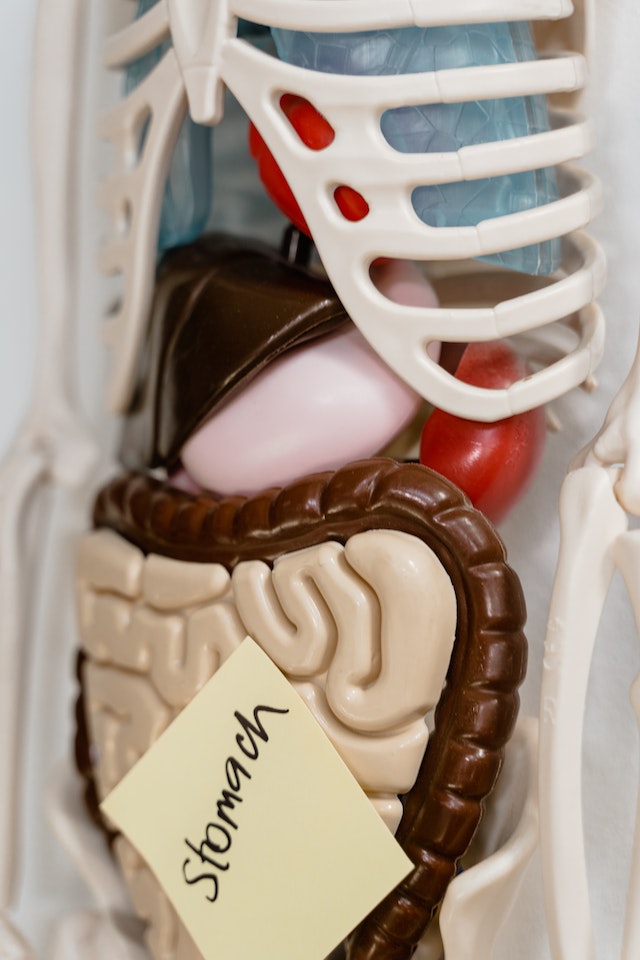In the world of nutrition, understanding the distribution of calories among macronutrients is fundamental to crafting a balanced and healthy diet. Carbohydrates, protein, and fat each play unique roles in our nutrition, and the way we allocate calories to these macronutrients can have a profound impact on our health and well-being. In this comprehensive guide, we’ll delve into the intricate interplay between calories and macronutrients. Whether you’re dedicated to health and wellness, seeking product recommendations, or eager to master advanced dietary knowledge, we’ll explore the distribution of calories among these vital components for a holistic approach to nutrition.
The Basics of Macronutrients
Considerations:
- Carbohydrates: A primary source of energy, found in grains, fruits, vegetables, and legumes.
- Protein: Essential for building and repairing tissues, found in meat, dairy, beans, and nuts.
- Fat: Provides energy, supports cell growth, and aids in nutrient absorption, found in oils, nuts, and fatty fish.
Photo by Maddi Bazzocco on Unsplash
The Caloric Value of Macronutrients
Understanding:
- Carbohydrates: Provide 4 calories per gram.
- Protein: Also provides 4 calories per gram.
- Fat: The densest macronutrient, offering 9 calories per gram.
Balancing Macronutrients for a Healthy Diet
Guidance:
- Carbohydrates: Form the foundation of a balanced diet, providing energy and fiber.
- Protein: Vital for muscle health, tissue repair, and overall growth.
- Fat: Important for hormone production, cell function, and absorption of fat-soluble vitamins.
Determining Your Ideal Macronutrient Ratio
Factors:
- Activity Level: Athletes may require more carbohydrates for energy.
- Goals: Weight loss, muscle gain, or maintenance can influence your macronutrient balance.
- Health Conditions: Certain medical conditions may necessitate specific macronutrient adjustments.
Advanced Strategies for Macronutrient Optimization
Ideas:
- Macronutrient Cycling: Adjusting macronutrient intake based on daily activity levels.
- Ketogenic Diet: A high-fat, low-carb approach that shifts the body into ketosis.
- Plant-Based Protein: Exploring plant-based protein sources for a balanced diet.
Tailoring Macronutrients to Your Needs
For Health and Wellness Enthusiasts
If you’re dedicated to health and wellness, understanding the relationship between calories and macronutrients is vital. Focus on achieving a balanced diet that aligns with your specific health and fitness goals.
For Review Consumers
When seeking products or dietary recommendations related to macronutrient balance, consider reviews and comparisons of items that support your dietary preferences. Look for options that help you achieve a balanced macronutrient intake.

For Enthusiasts Seeking Advanced Insights
For those eager to deepen their knowledge, explore advanced topics like timing macronutrient intake for performance, adjusting macronutrients for specific health conditions, and mastering the art of macronutrient manipulation for advanced fitness goals. Advanced dietary knowledge can help you optimize your macronutrient intake with precision.
Conclusion
Understanding the distribution of calories among macronutrients is key to crafting a balanced and healthy diet. Whether you’re passionate about health and wellness, seeking product insights, or eager to master advanced dietary knowledge, this guide equips you with a comprehensive understanding of the interplay between calories and macronutrients. By embracing a holistic approach to nutrition, you can make informed dietary choices that support your journey towards better health and overall well-being.










